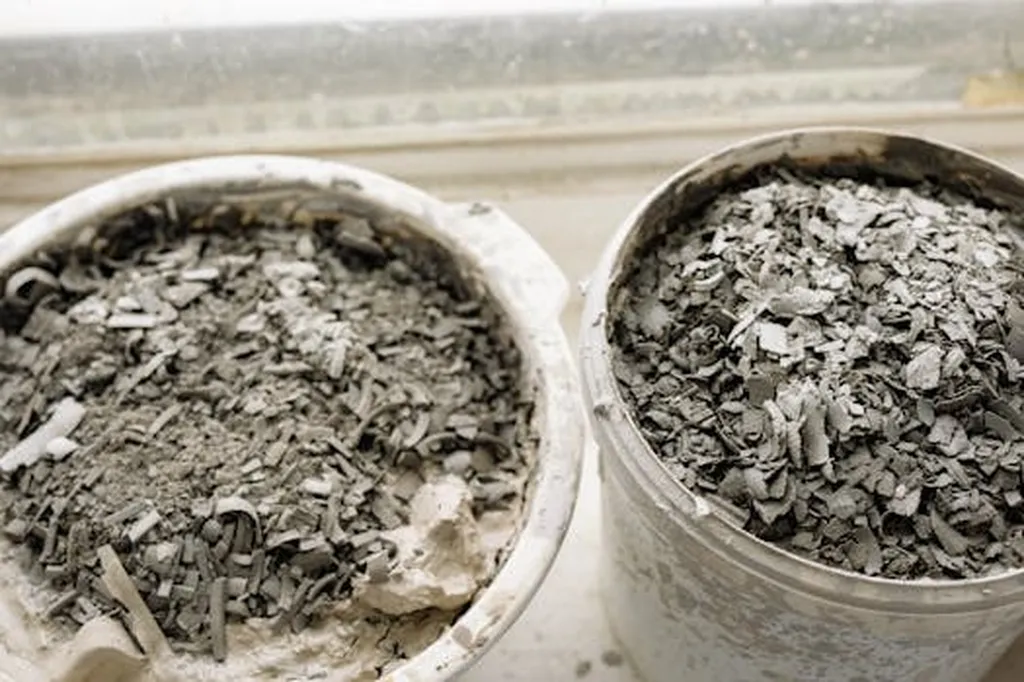In the quest for sustainable construction materials, researchers have turned to an unlikely duo: rice husk ash and municipal solid waste incineration ash. This innovative approach, detailed in a recent study published in the journal Infrastructures (translated from Latin as “Infrastructures”), could revolutionize the way we think about waste management and infrastructure development.
At the heart of this research is Sura Shamkhi Altaher, a dedicated researcher from the Faculty of Civil Engineering at Universiti Teknologi Malaysia. Altaher and her team have been exploring the potential of rice husk ash (RHA) as a supplementary cementitious material (SCM) to enhance the performance of municipal solid waste incineration ash (MSWIA) mortar. The goal? To create a more sustainable and robust construction material that reduces both environmental impact and carbon footprint.
The study focuses on the incorporation of RHA into MSWIA mortar, which already includes 25% bottom ash (BA) and 5% fly ash (FA) as substitutes for fine aggregate and cement, respectively. By replacing cement with RHA at varying percentages (5–30%), the team aimed to assess the impact on workability, strength development, and water absorption.
The results are promising. “Adding RHA led to a lower flow rate and setting time than mortar content-only MSWIA,” explains Altaher. However, the mechanical properties of the mortar, such as compressive strength, split tensile strength, and flexure strength, were significantly enhanced when RHA was used at 10% as a cement replacement. Moreover, the water absorption of the mortar mixes was reduced by increasing RHA up to 15%.
The microstructural properties of the mortar were notably improved, and ultrasonic pulse velocity (UPV) measurements confirmed the overall good quality of the mortar specimens. This research not only enhances the performance of construction materials but also contributes to environmental sustainability by reducing carbon dioxide emissions and landfill waste.
The implications for the energy sector are substantial. As the demand for sustainable construction materials grows, the utilization of waste materials like RHA and MSWIA could become a standard practice. This shift would not only reduce the environmental impact of waste but also lower the carbon footprint associated with cement production.
“Incorporating RHA and MSWIA in construction not only enhances performance but also contributes to environmental sustainability,” says Altaher. This research paves the way for future developments in the field, offering a blueprint for how waste materials can be transformed into valuable resources.
As the construction industry continues to evolve, the integration of sustainable materials will be crucial. The findings of this study, published in Infrastructures, provide a compelling case for the adoption of RHA and MSWIA in infrastructure projects. By embracing these innovative materials, the industry can move towards a more sustainable and efficient future.
In the words of Altaher, “This research is a step towards a circular economy, where waste is minimized, and resources are utilized to their fullest potential.” The future of construction is not just about building stronger structures but also about building a sustainable world.

